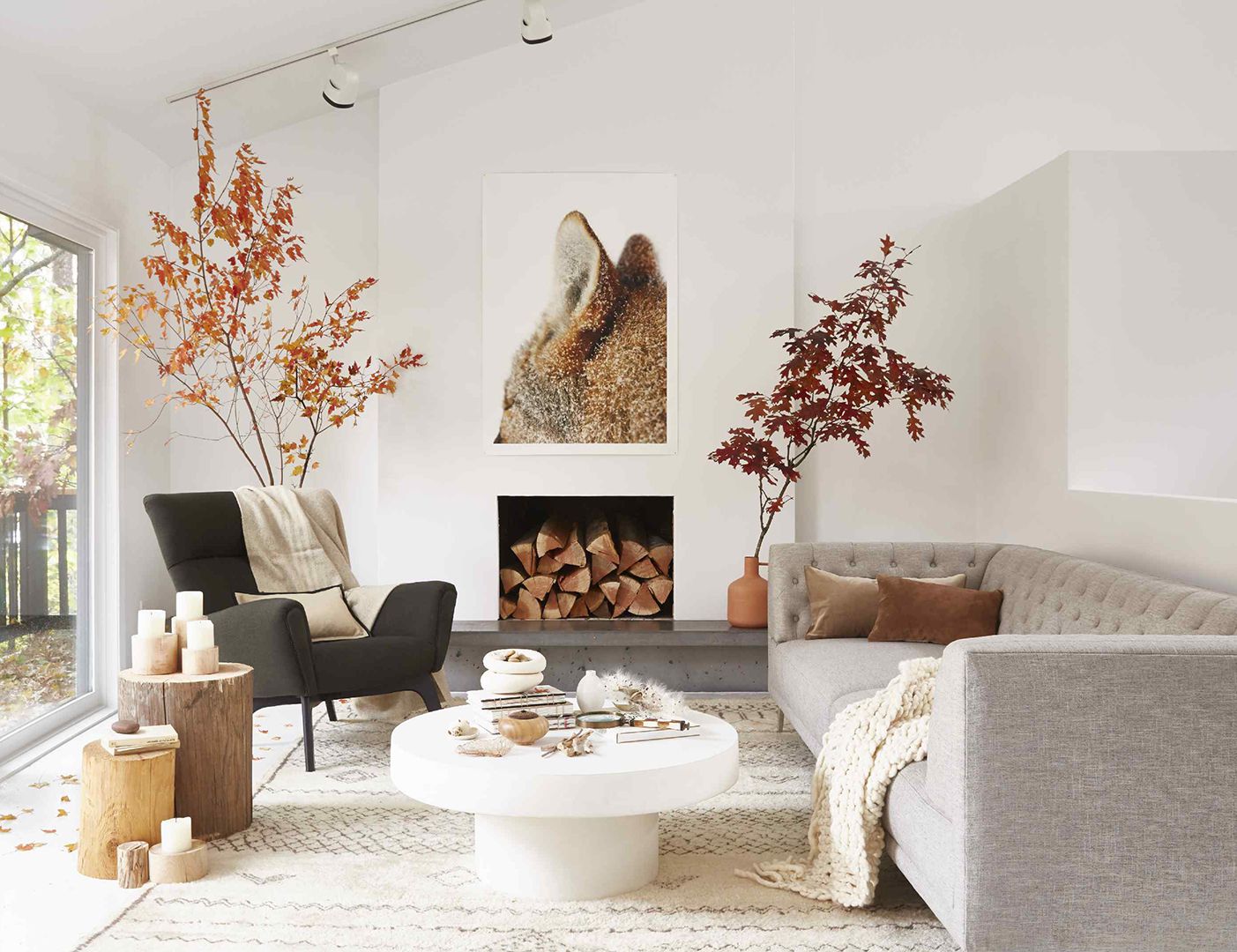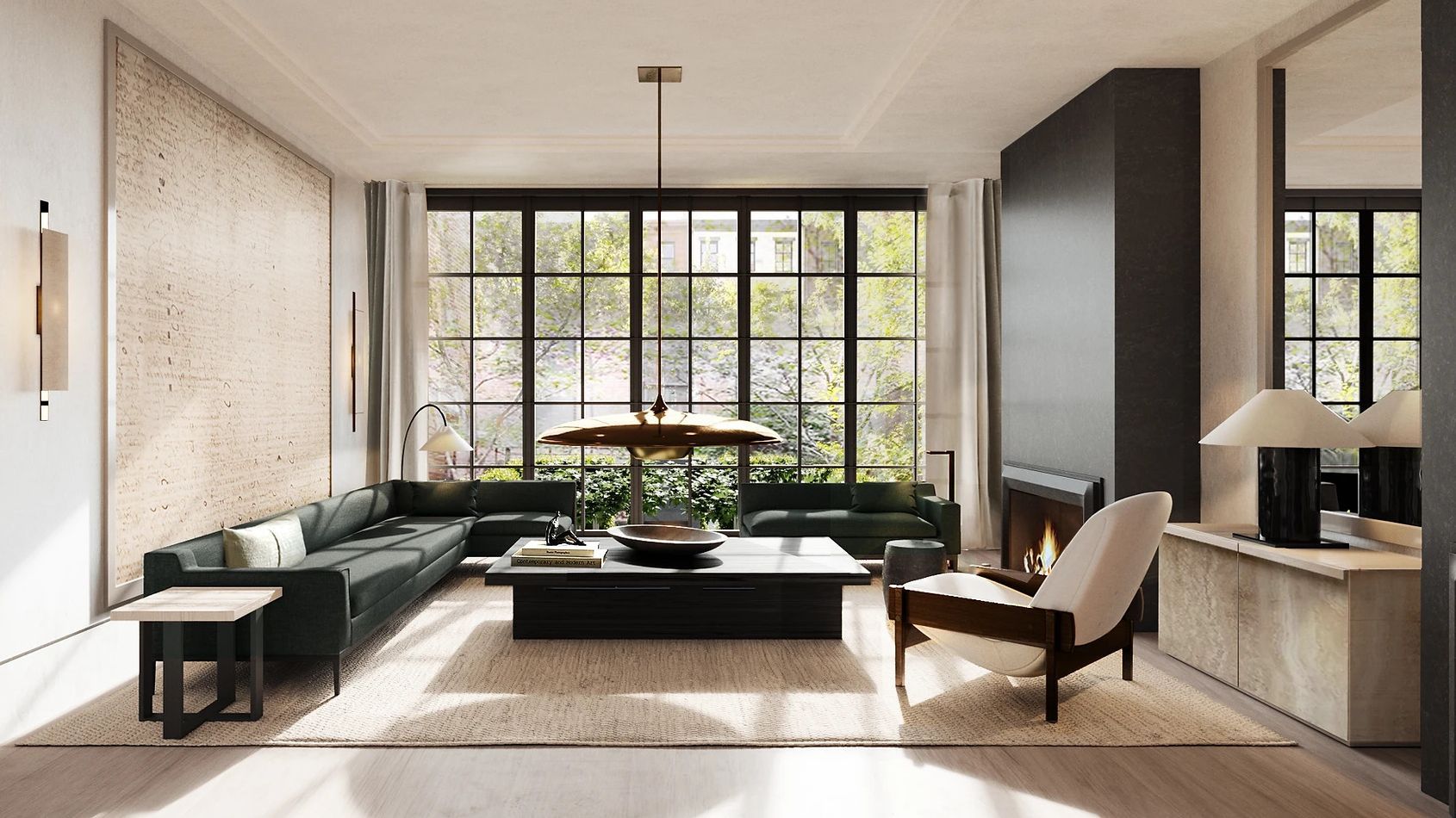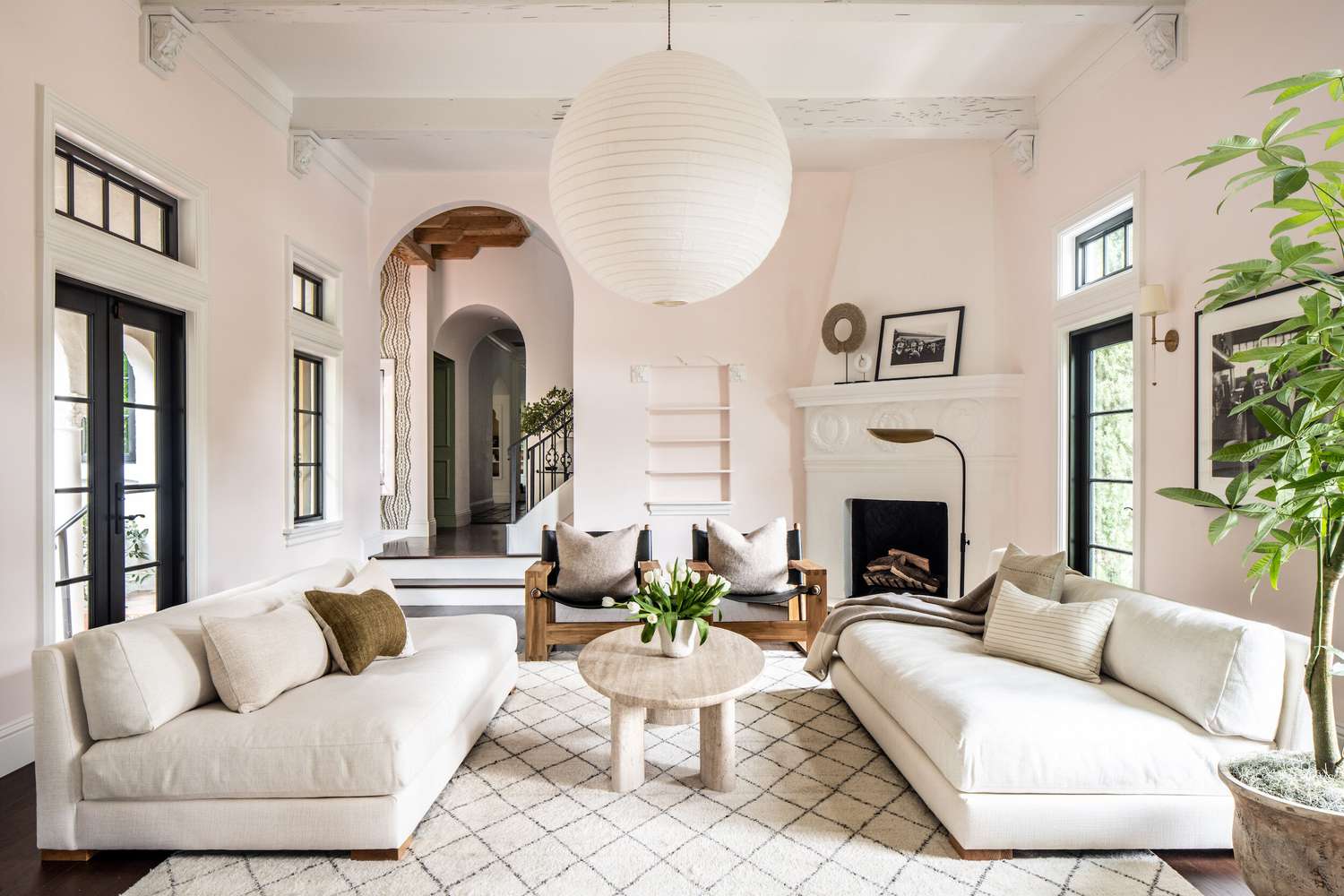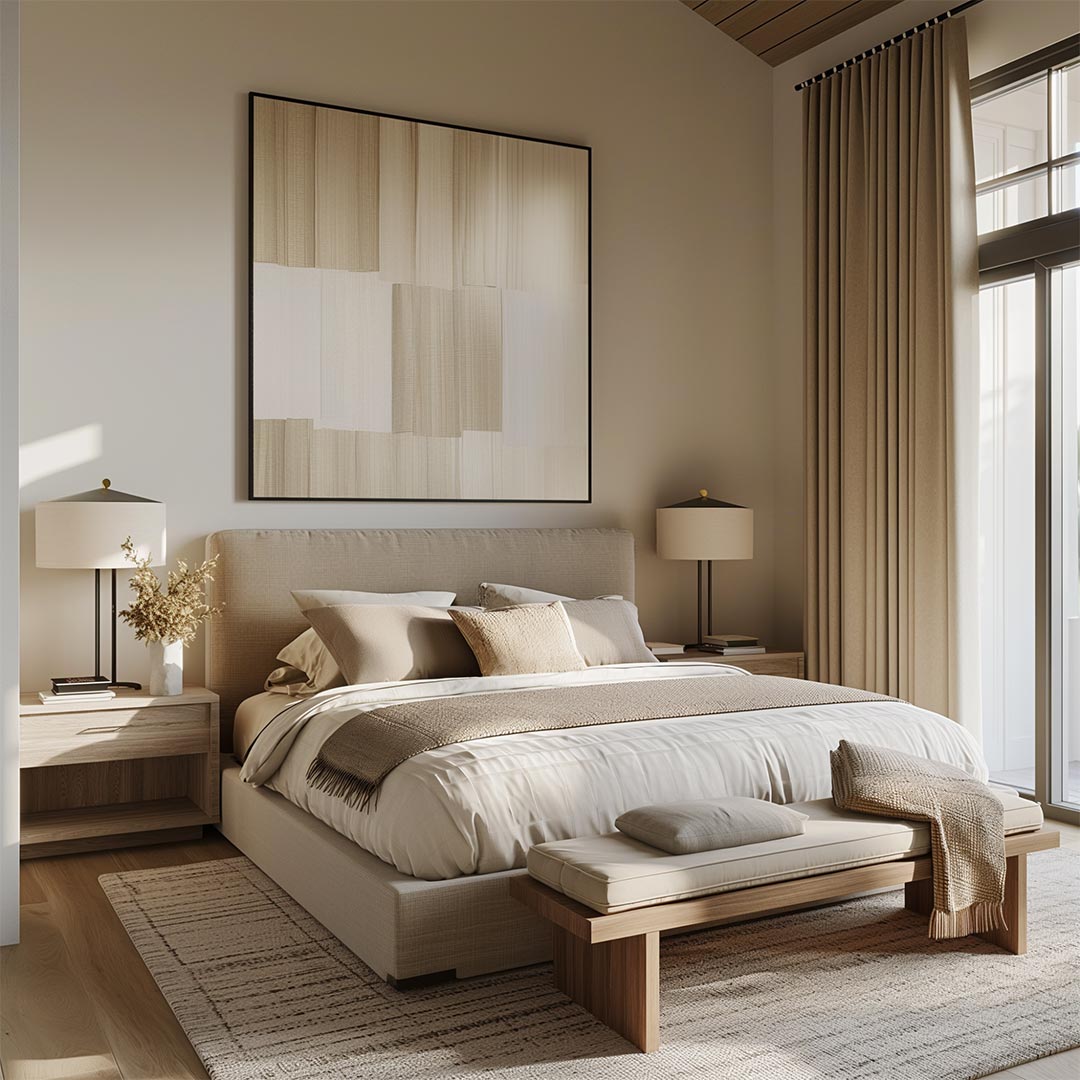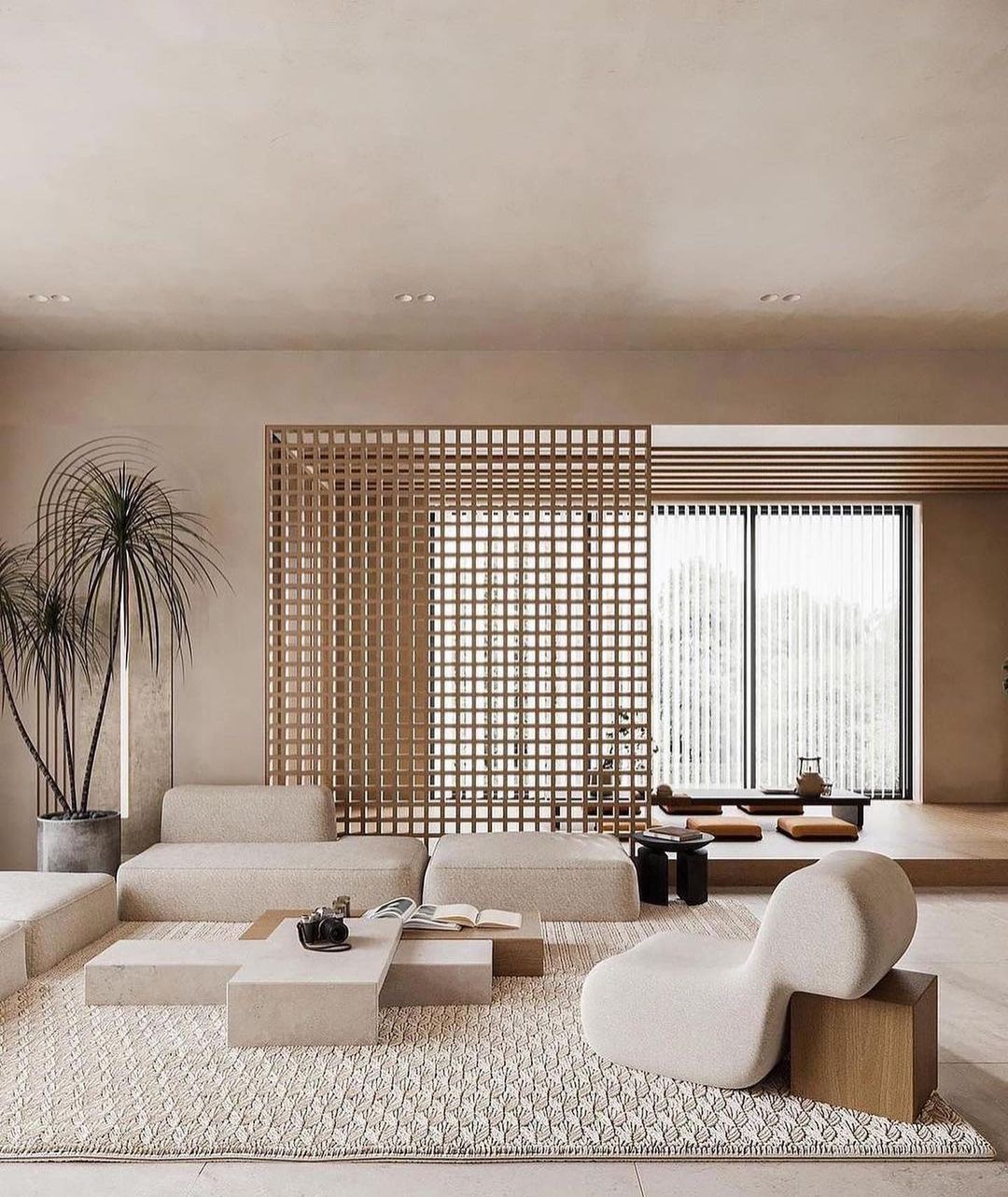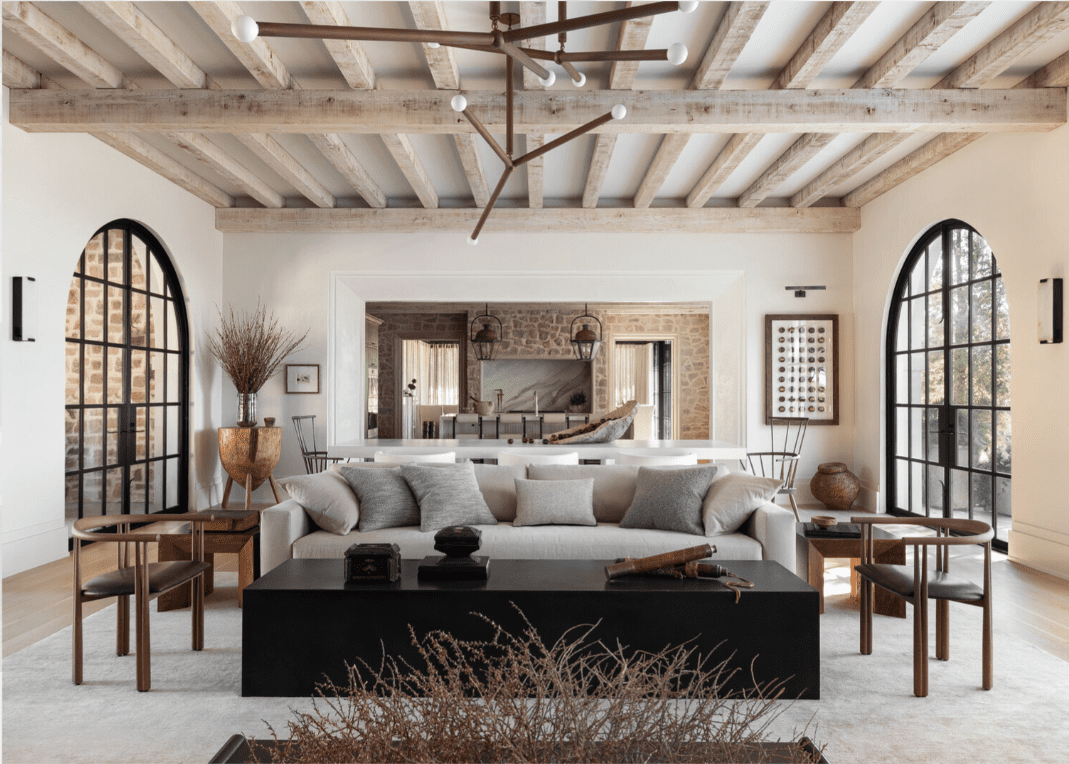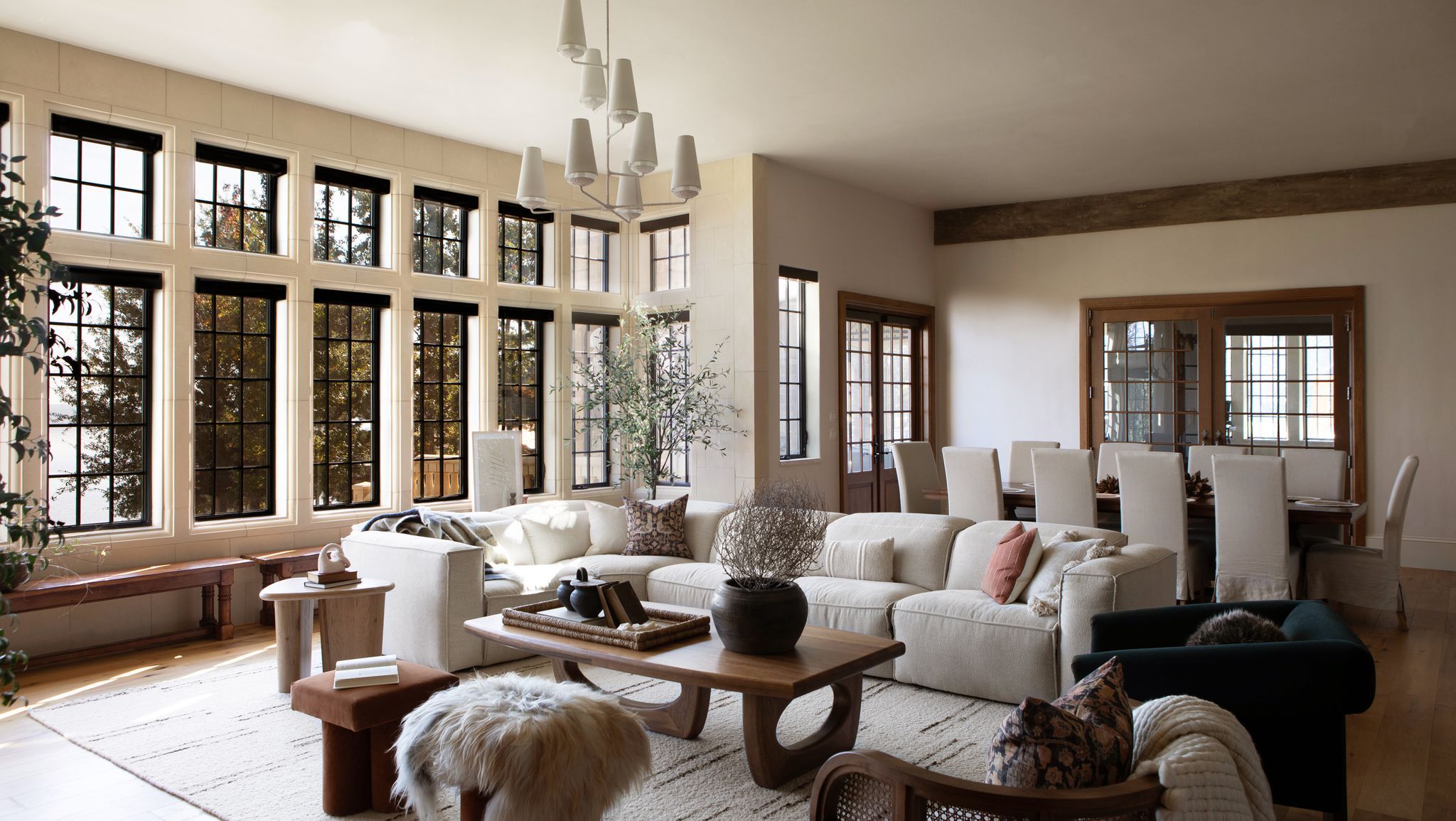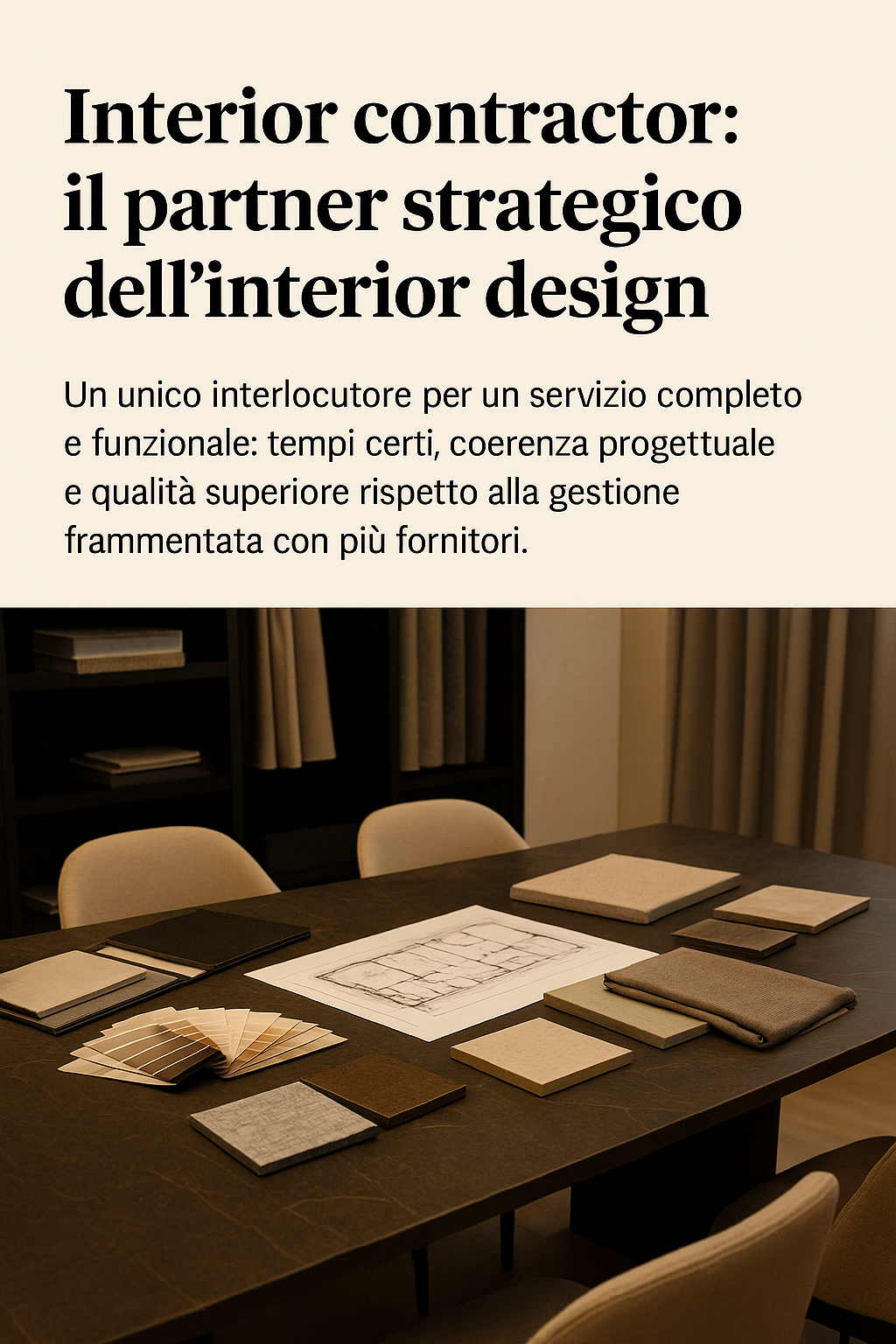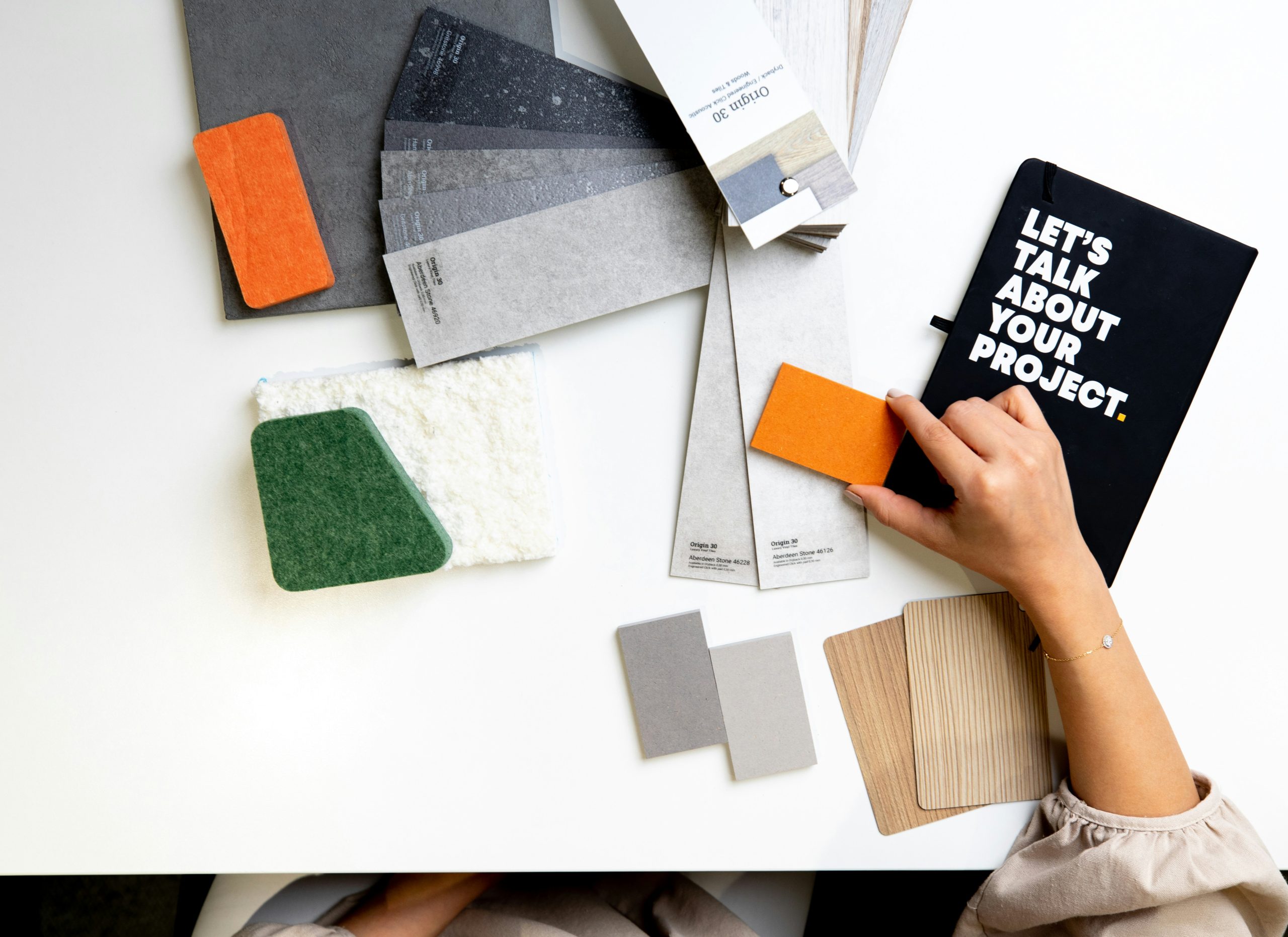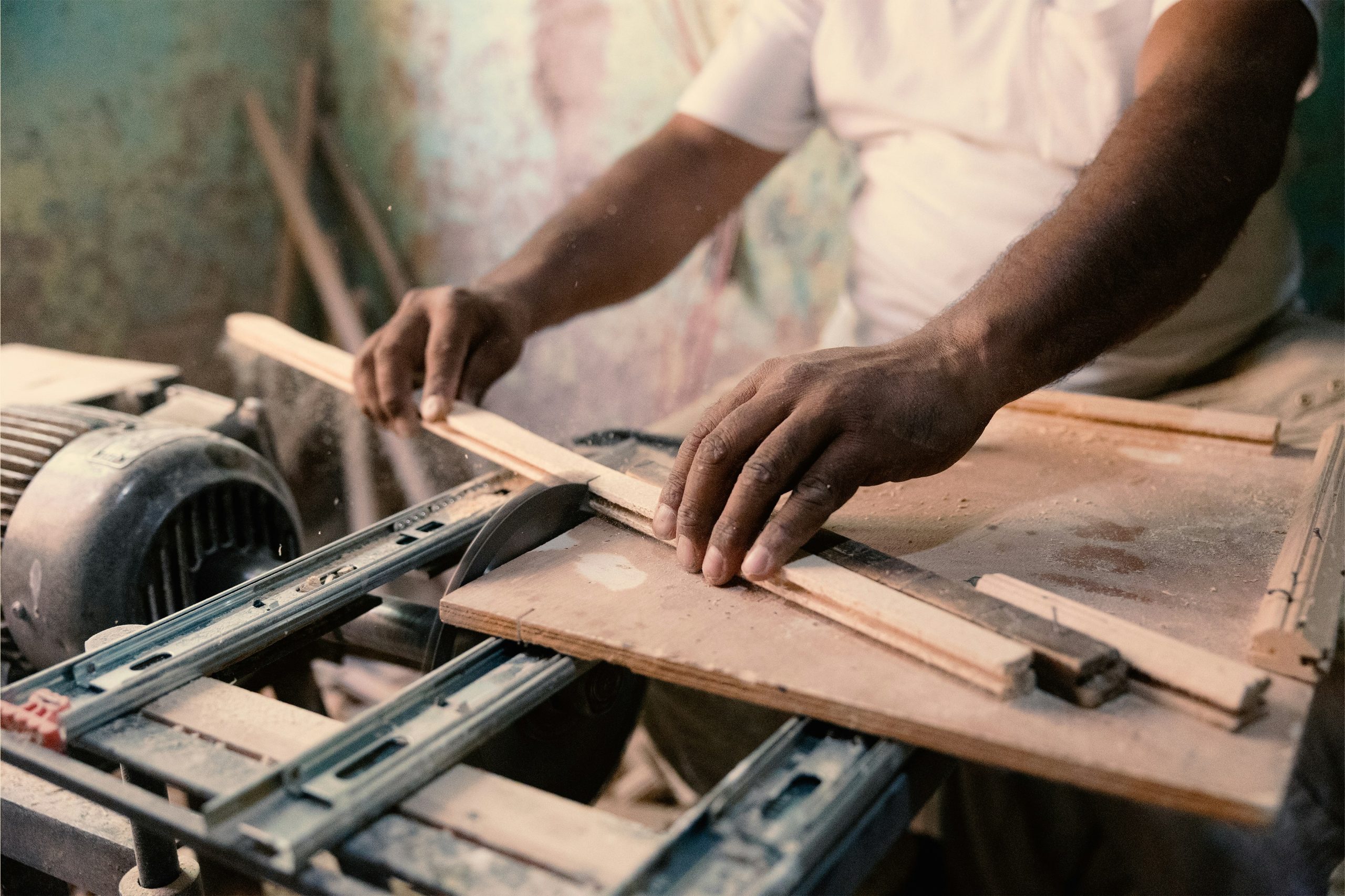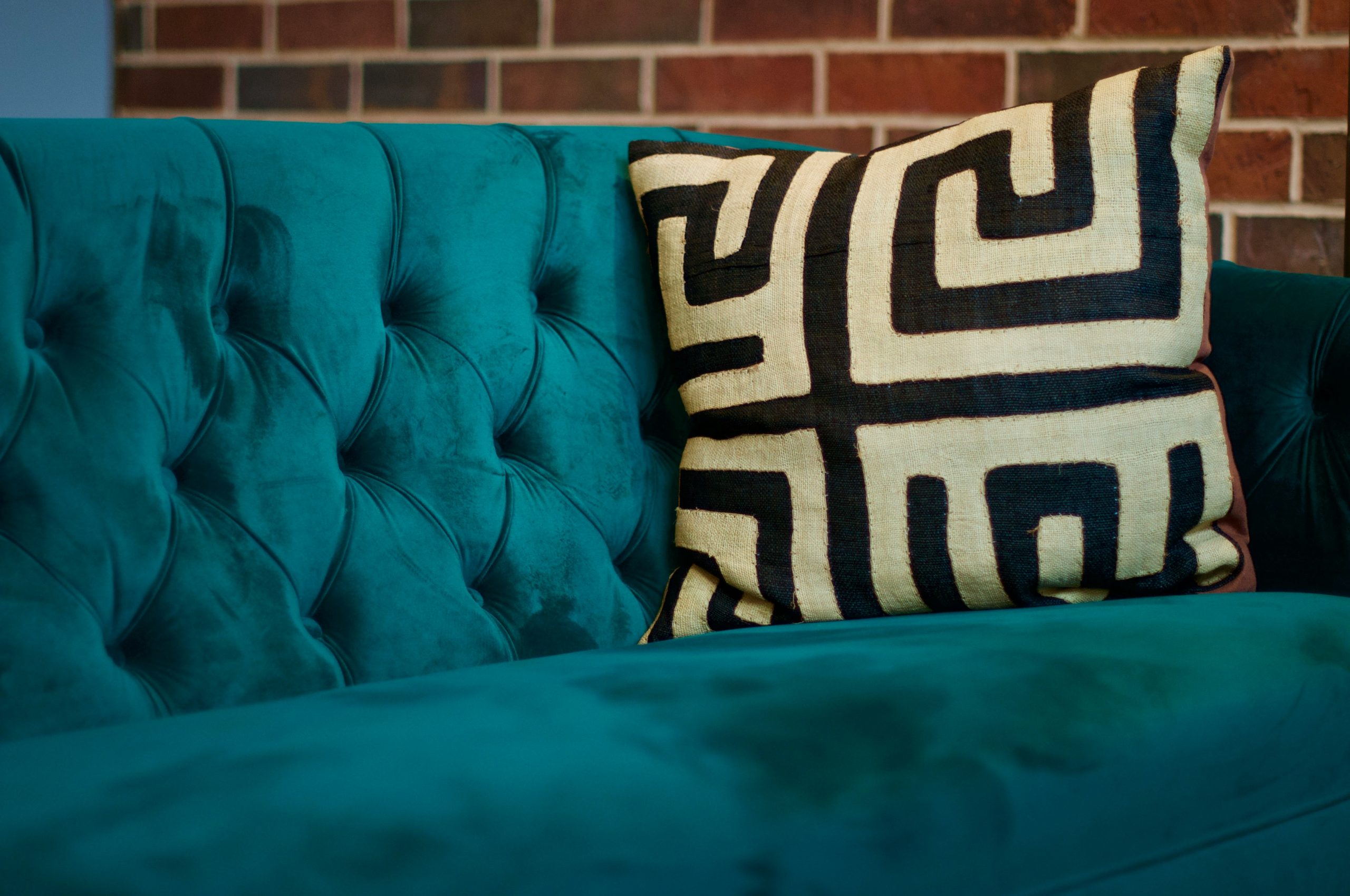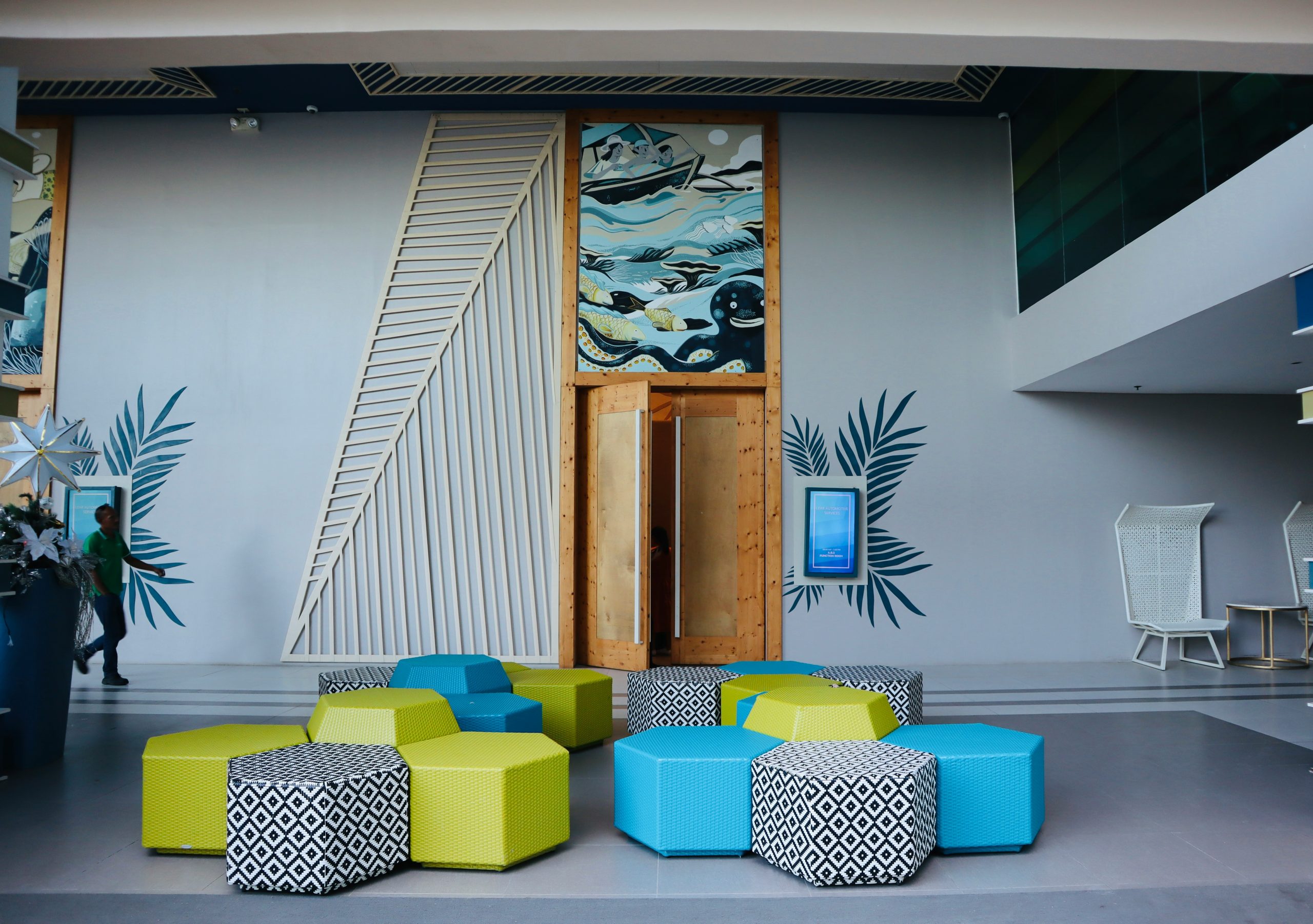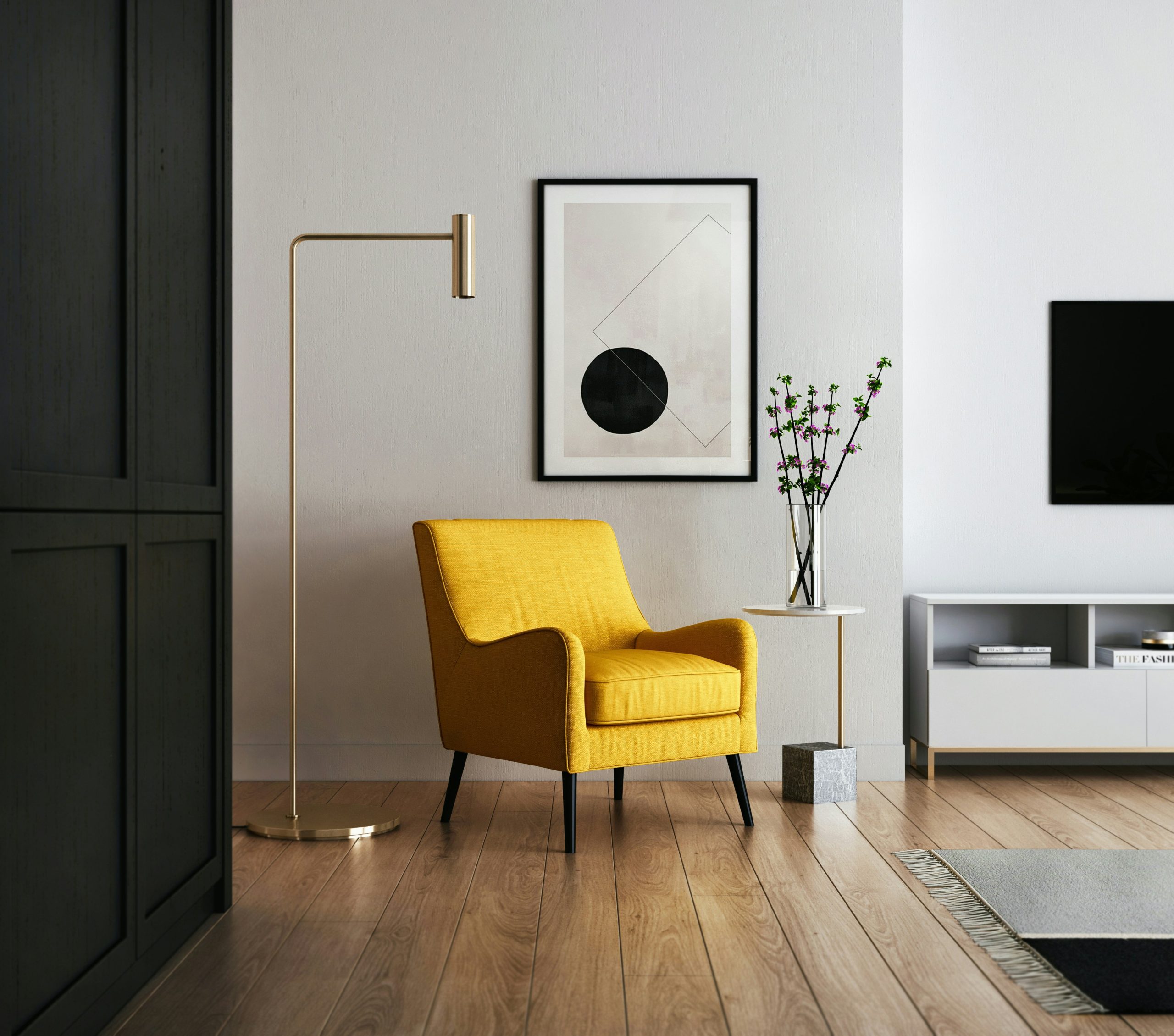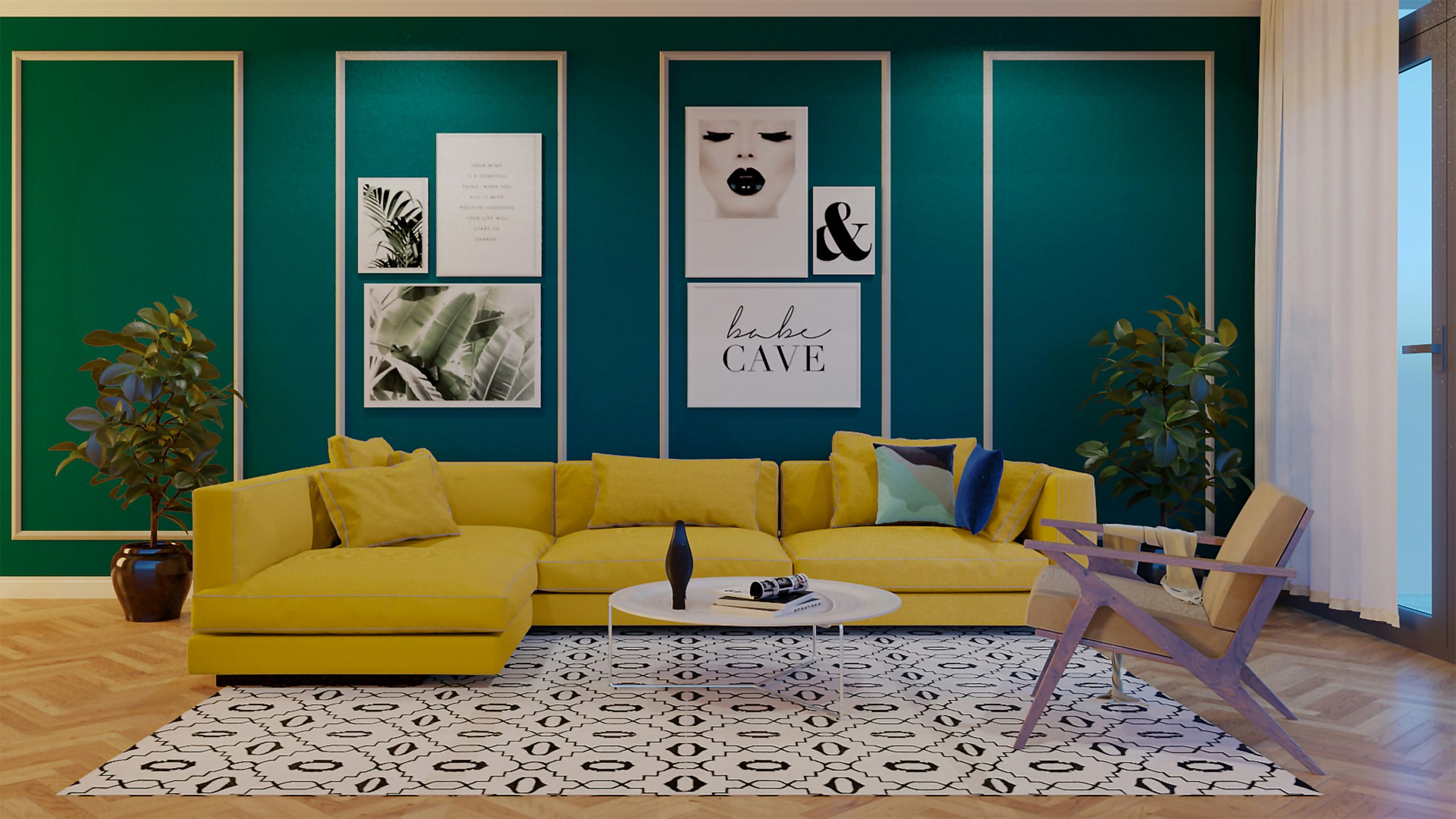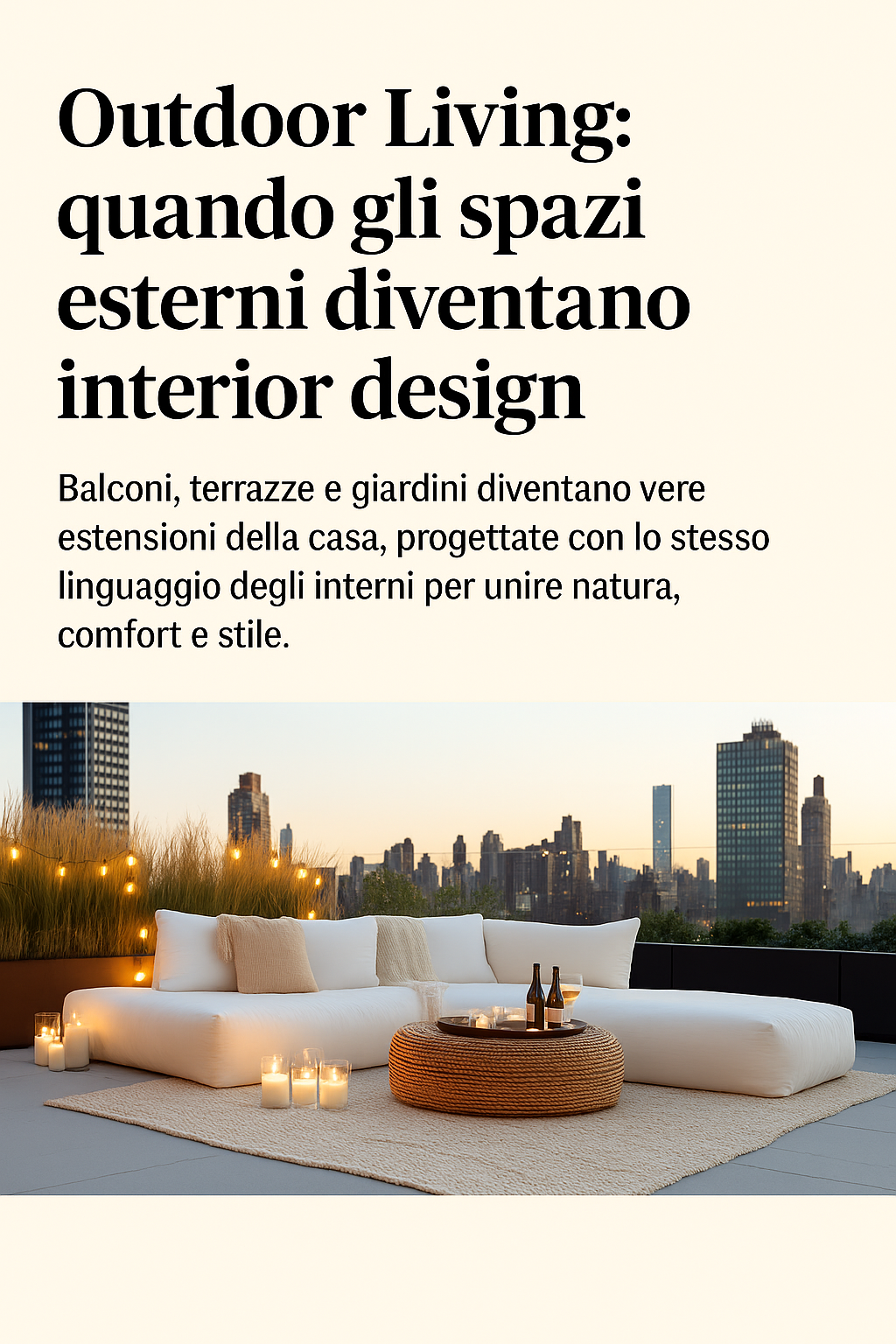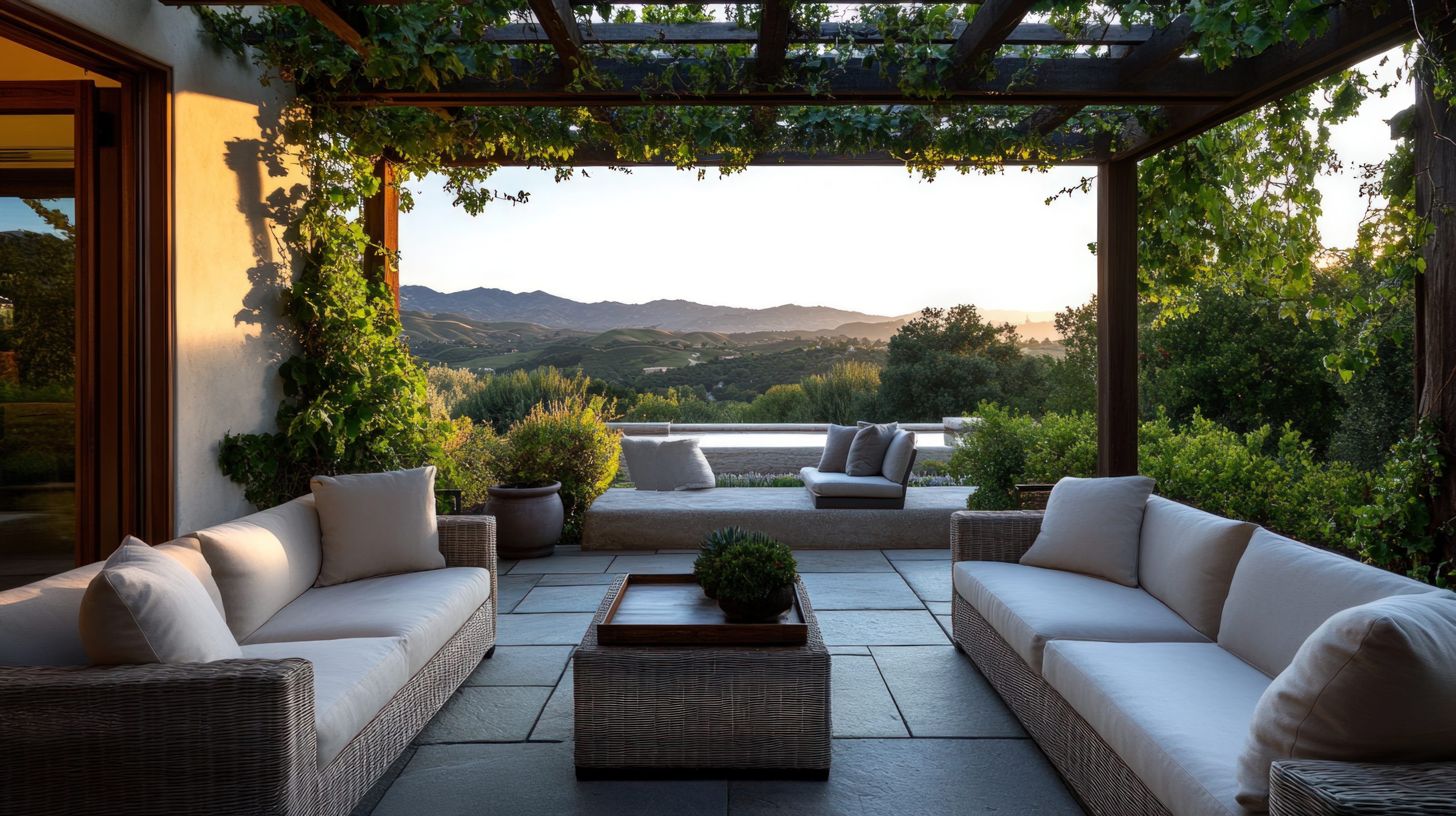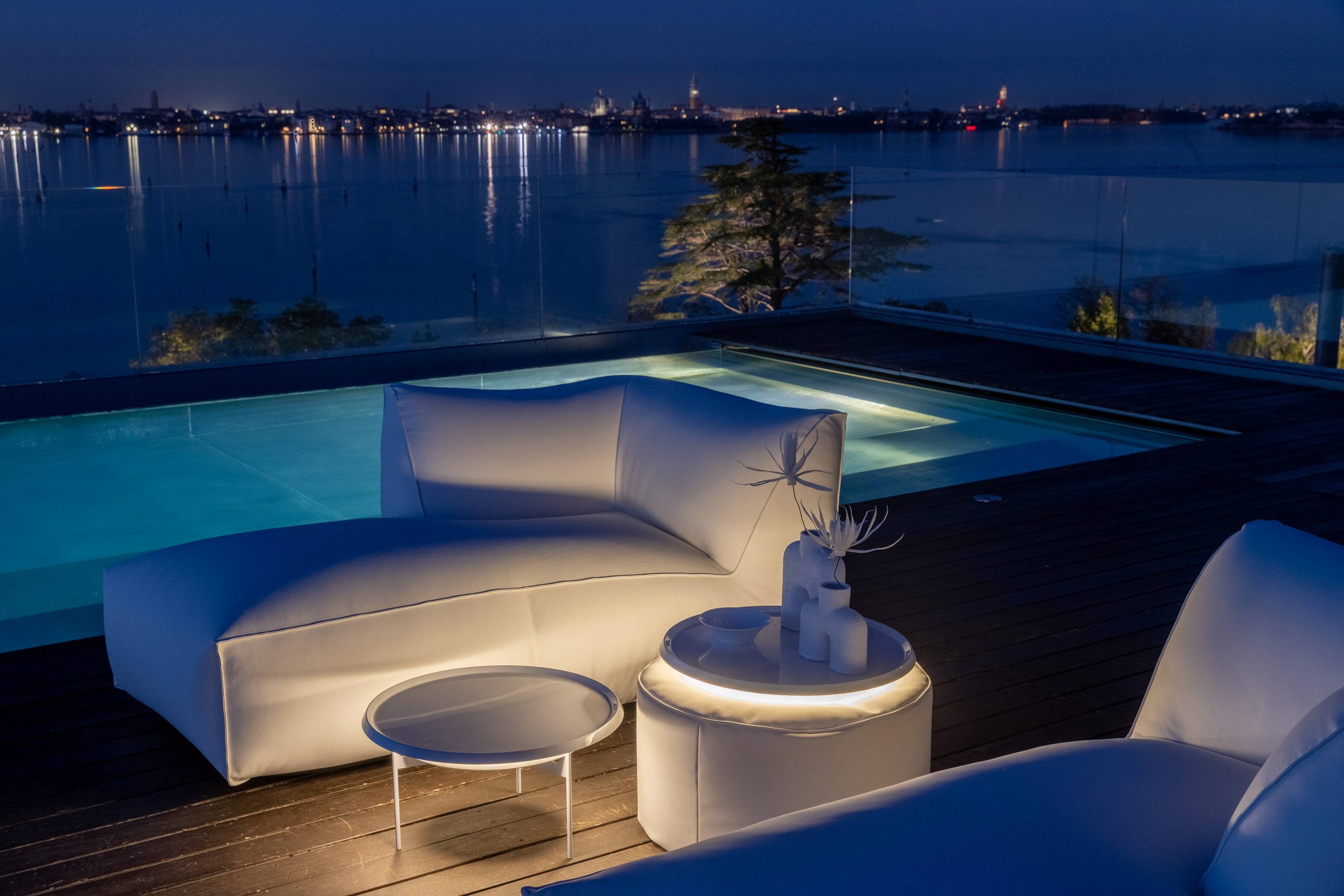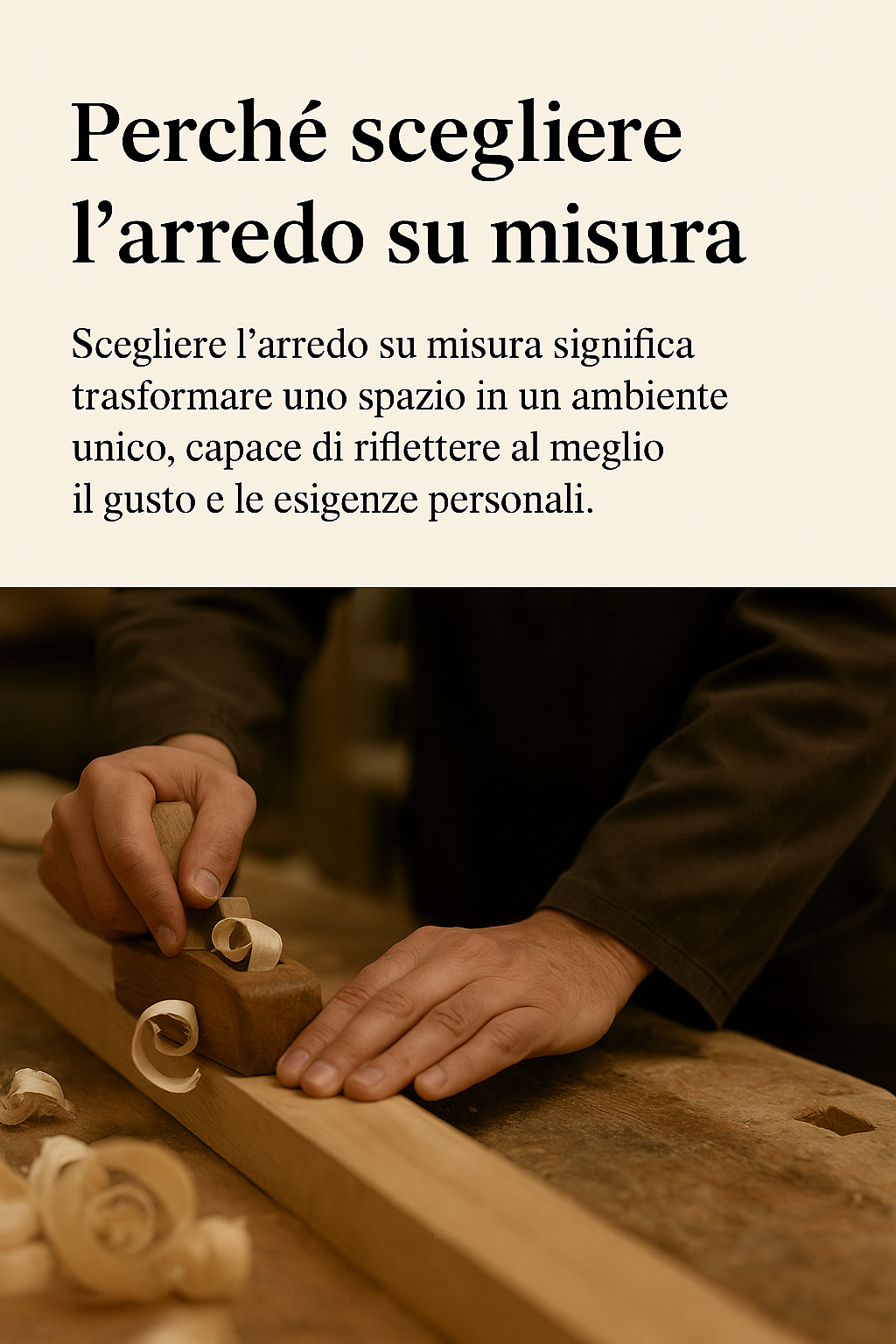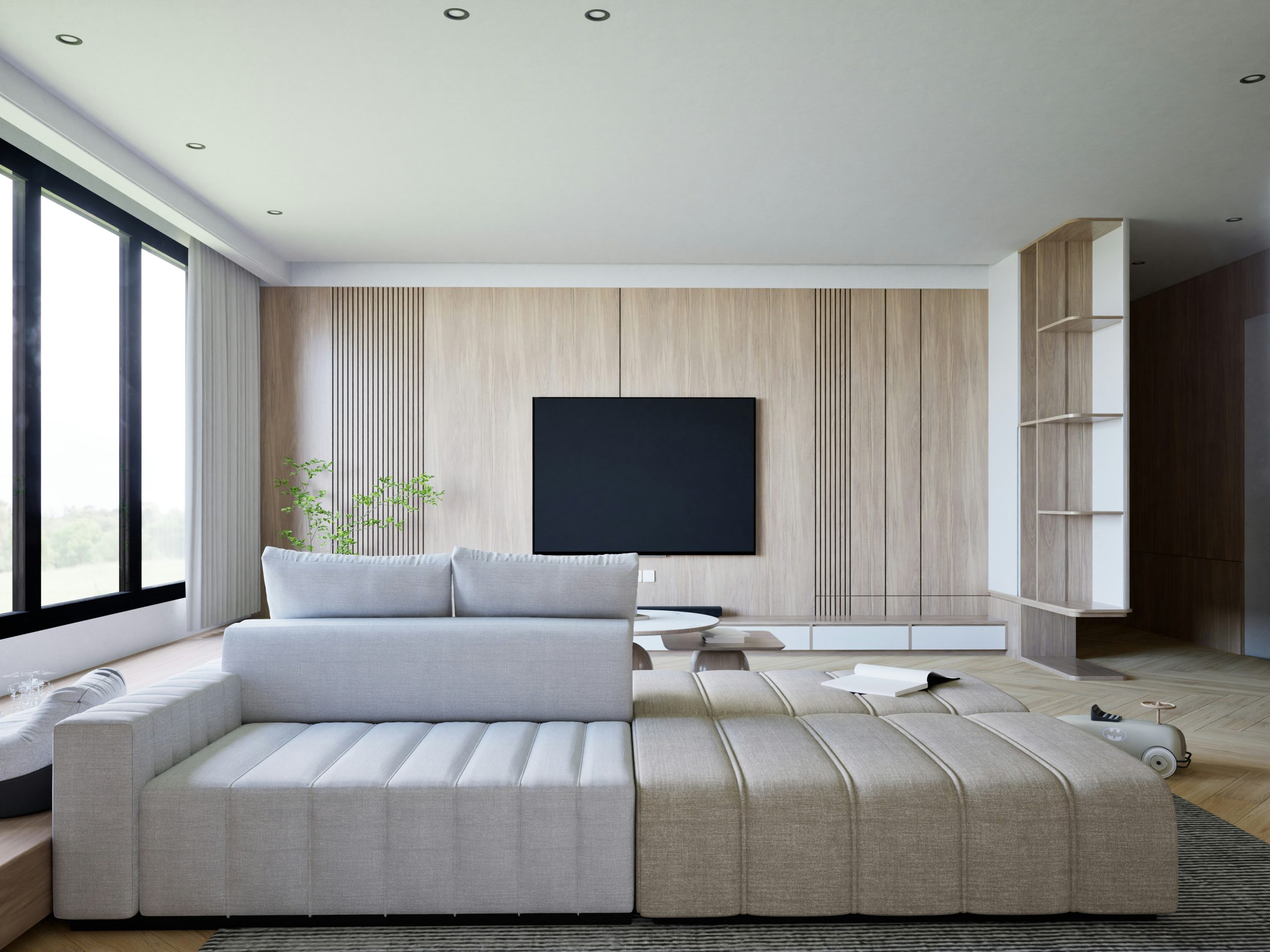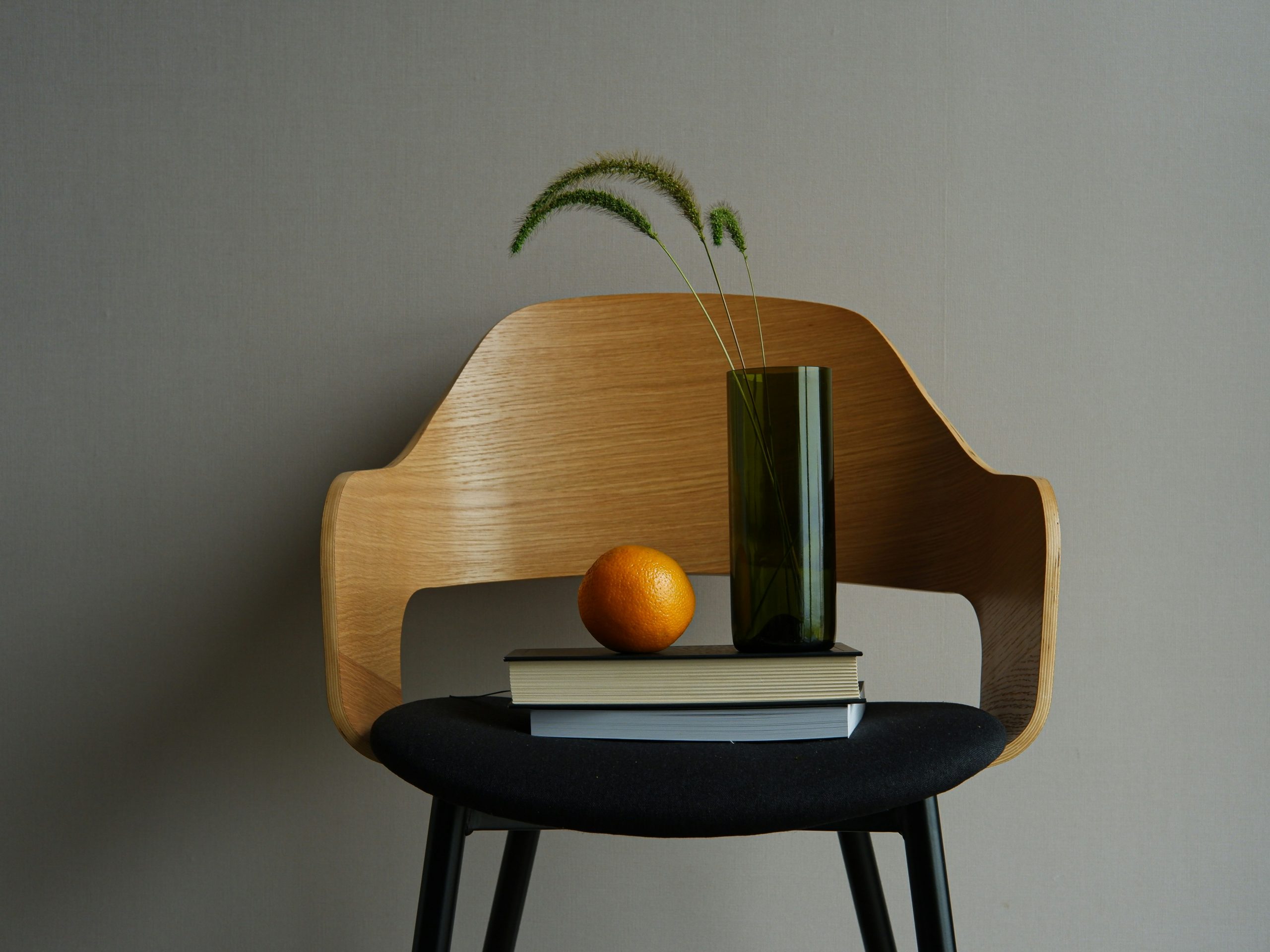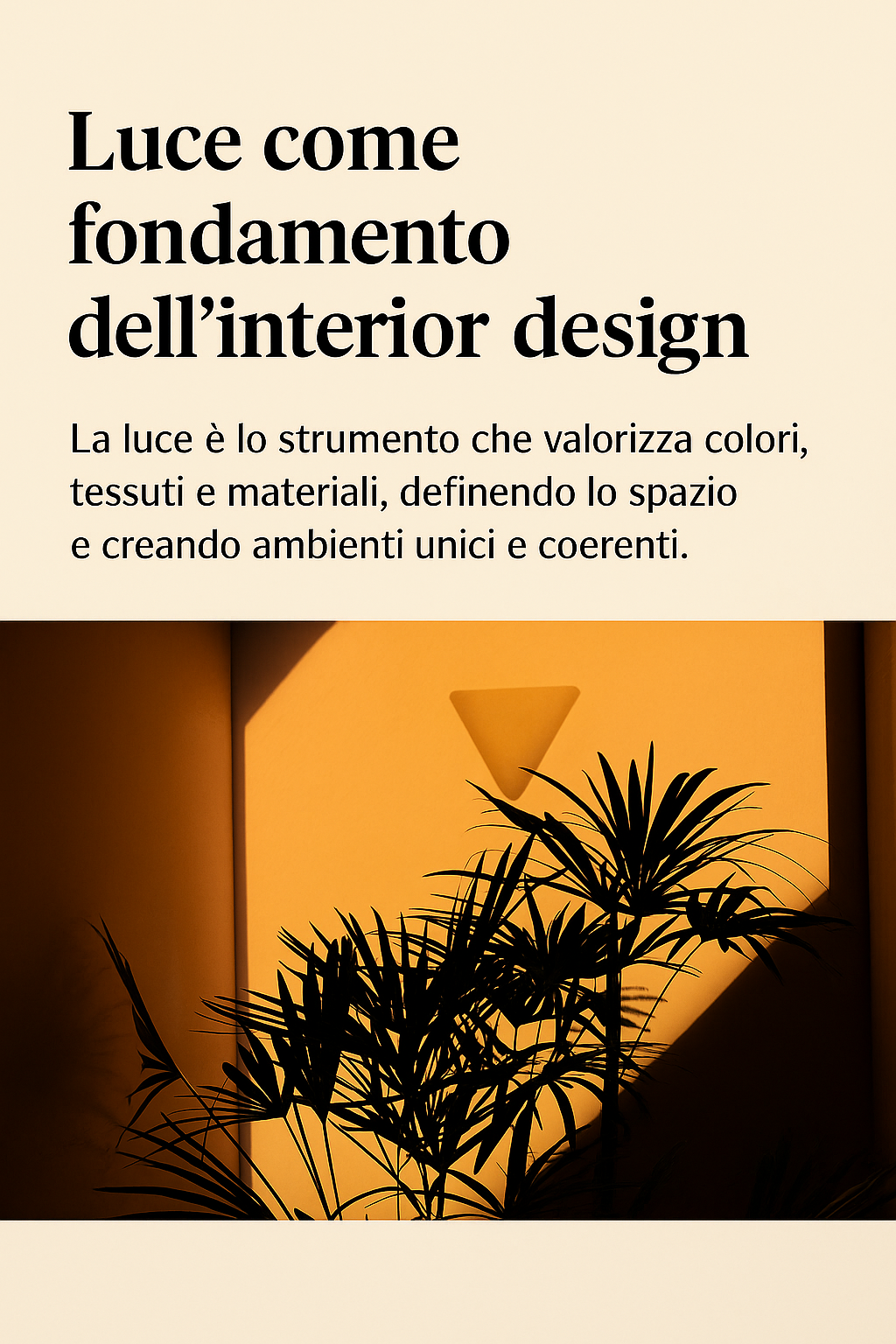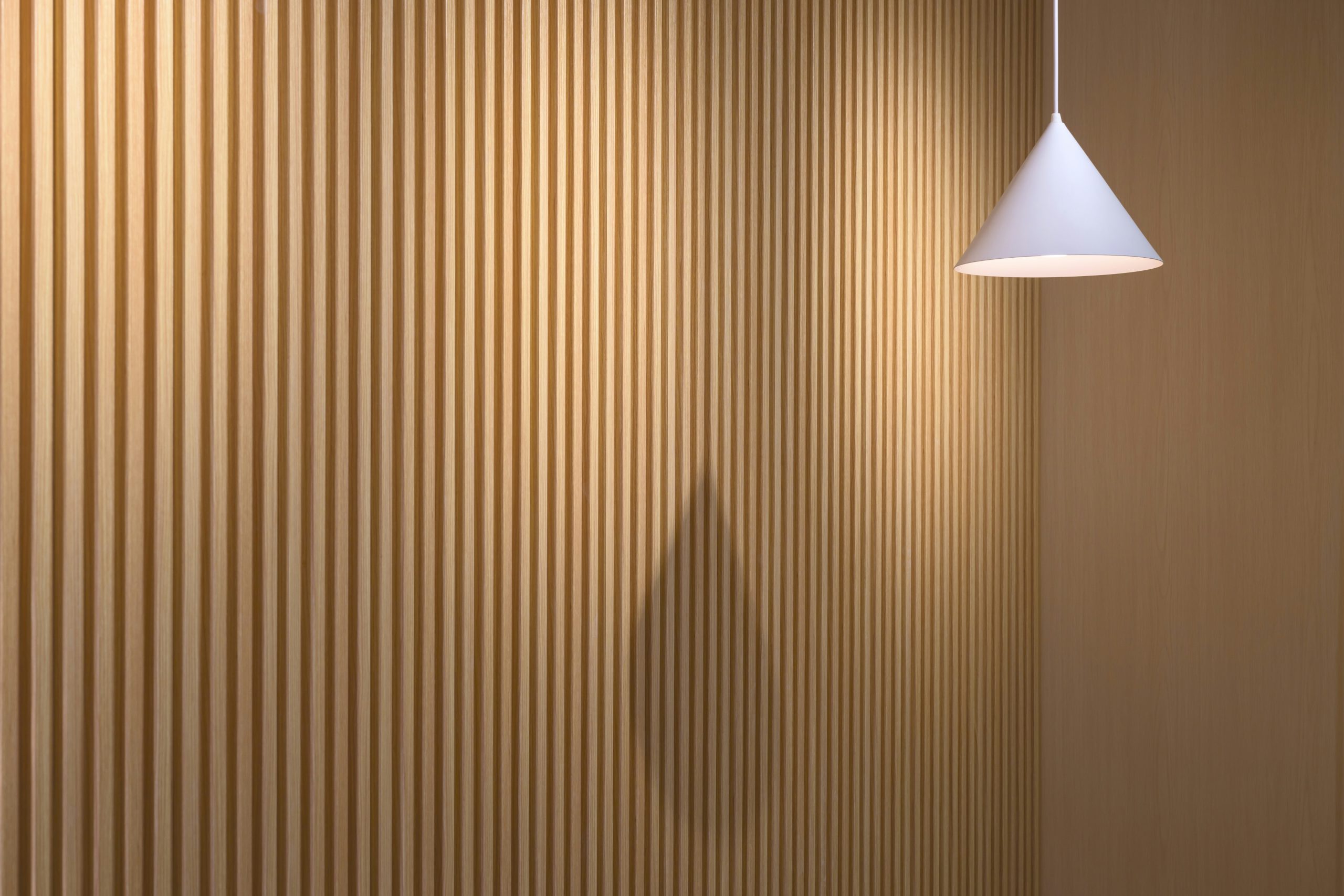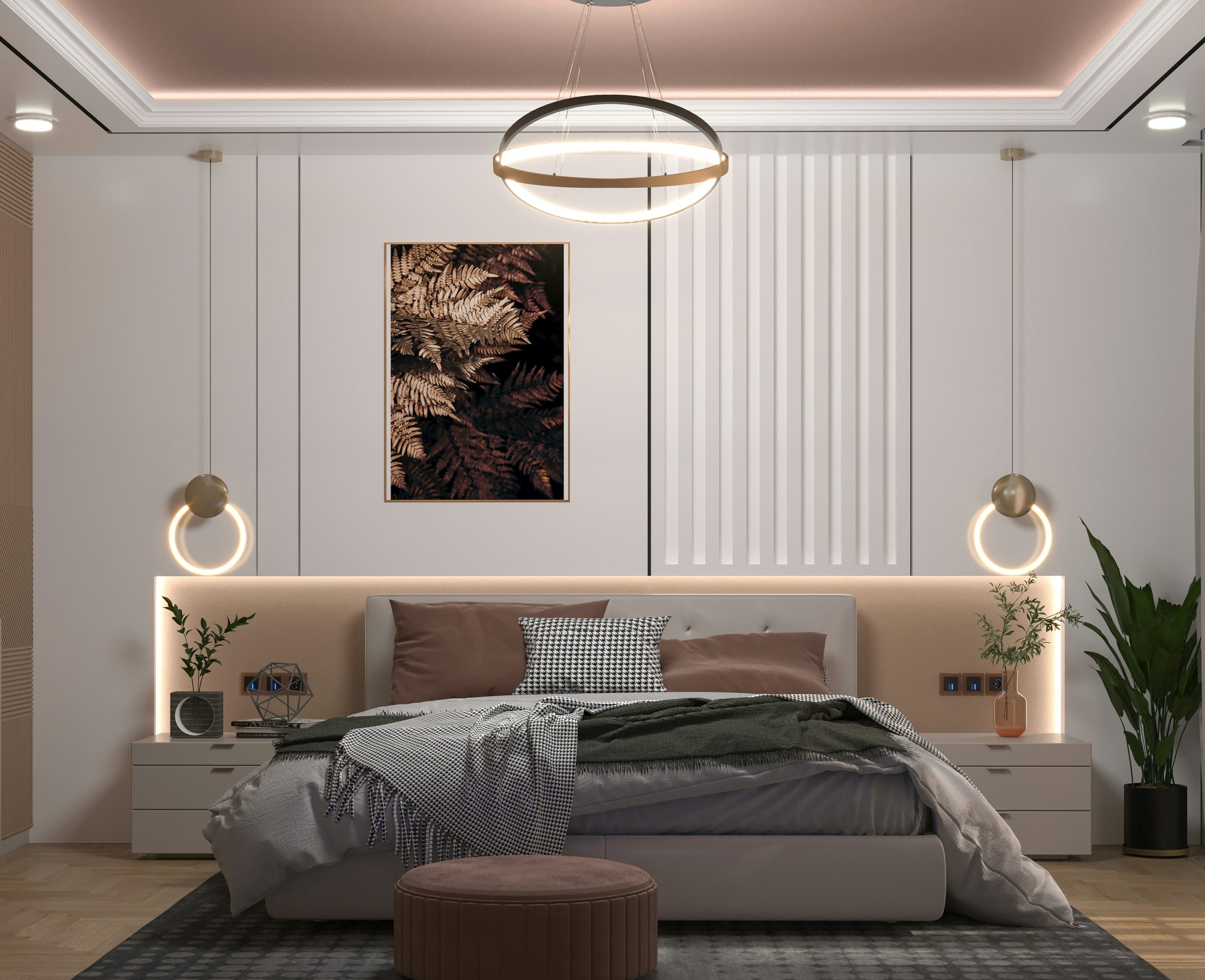Quiet Luxury
The new quiet luxury in interiors in the world of interior design, the concept of luxury is changing.
Far from ostentation and visible brands, a new aesthetic is emerging: Quiet Luxury — a quiet, refined, timeless luxury.
Unlike in the past, where luxury was often associated with opulent decorations and flashy materials, today true prestige is expressed through the quality of materials, attention to detail, and balanced forms.
No shouting, no logos: just harmony, tactility, and authenticity. The distinctive features of Quiet Luxury: Noble yet discreet materials: natural woods, rare stones (such as travertine or Calacatta marble), raw linen, cashmere, suede.
Neutral and sophisticated palettes: enveloping shades such as dove gray, sand, ivory, warm grays, and bronze or champagne accents.
Invisible craftsmanship: custom workmanship, impeccable finishes, perfect stitching, everything designed to be felt, not ostentatious. Orderly and functional spaces, with a strong sense of calm and permanence.
This trend reflects a cultural shift: luxury becomes an experience and well-being, not status. A sofa can be expensive, sure, but not because of the brand: rather, it’s for the comfort it offers, the sustainable materials used, and its silent presence in the home.
Quiet Luxury pairs well with the Japandi style, Scandinavian minimalist design, and the Japanese wabi-sabi aesthetic, which celebrates natural imperfection.
But it can also be adapted to classic or contemporary settings, as long as they are simple, harmonious, and authentic. In an increasingly noisy world, true luxury is living in spaces that speak softly—but with absolute elegance.


